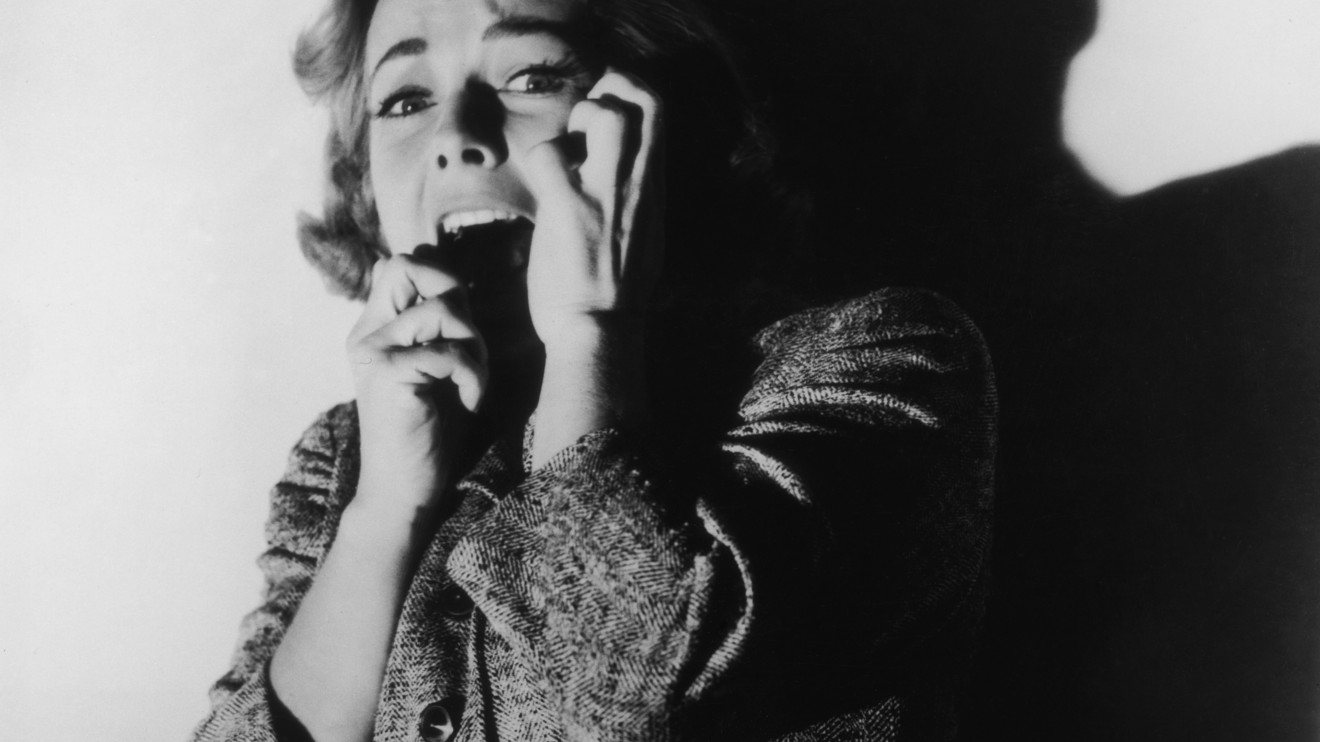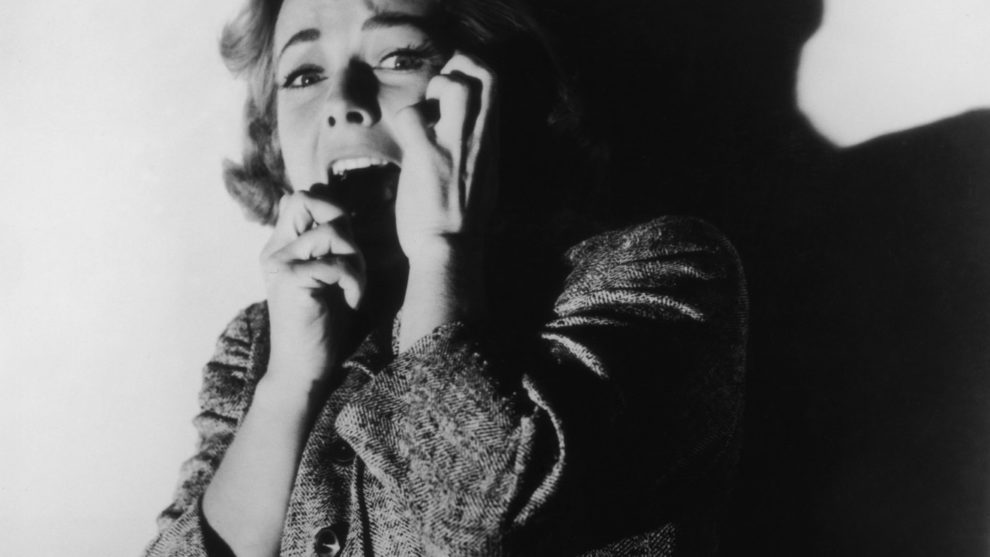
Stock market volatility can be normal, but it’s also unnerving — and for some investors, it’s just impossible to stomach.
The Dow Jones Industrial Average, DJIA, +9.36% one of Wall Street’s major stock benchmarks, dropped more than 20% from its all-time high in February, and entered bear market territory on Wednesday. This benchmark, as well as others, have been in an overall bull market since the financial crisis in 2008-09, but it has been experiencing extreme volatility, in part because of oil price wars and fears of the spreading coronavirus derailing global economies. The S&P 500 SPX, +9.29% and Nasdaq Composite COMP, +9.35% both fell 19% from their all-time closing highs in February.
Naturally, this might stress some investors out — especially in regards to the nest egg they’re building for their retirement through a 401(k) plan or individual retirement account.
Instead of logging in to their accounts to check on 401(k) balances — which may cause even more stress — investors should check in on their risk tolerance. “These last few weeks have been a test of the fortitude that investors have,” said Aaron Klein, co-founder and chief executive officer of Riskalyze, a technology company with a program for financial advisers to assess clients’ capacity for risk.
Risk tolerance is the level of exposure to loss that an investor can handle, especially during nerve-wrecking ups and downs in the market. Many investment firms, financial advisers and automatic online investing platforms try to gauge investors’ risk tolerance by asking them simple questions.
But how someone feels while they’re sitting at an adviser’s office or on their couch while they’re setting up an account is not exactly how they’ll feel when push notifications and television network news hosts tell them the market is falling.
In the same vein, the latter scenario is not the time to make a rash decision about investments, as emotions are high. “If history has taught us anything, it is that people who sold at the bottom in the 2008 crisis were the ones who never fully recovered,” Klein said. “So now is probably the wrong time to recalibrate or discover risk tolerance for the first time.”
There are a few factors that go into calculating how much risk should be in a portfolio, including age, expected retirement date and how much money an investor expects to need to see her goals through in the future. Young investors are usually encouraged to have their portfolios in mostly risky investments, such as equities, because time is on their side and their portfolios can afford to handle downturns. Older investors nearing retirement are usually cautioned to downsize the risk in their portfolios, but sometimes told they should still have some “riskier” investments in the portfolio so that it continues to grow through the next few decades of their lives in retirement.
But what should a person do when they’re watching the stock market indexes drop, and afraid all of their money will be lost?
First: Nothing yet. Investors should have a financial plan alongside their portfolios, and if they work with an adviser, that professional should have incorporated market volatility and potential downturns into their investment strategies. Investors who are especially nervous may want to reach out to their financial adviser, or if they are individual investors using online platforms alone, call the company to talk to a professional to walk them through possible options. “Ultimately, investors who are feeling fearful need to remember the worst investing decisions are made out of fear,” Klein said.
Then, for those particularly worried about the market and their money, they need to think through their goals, and possibly consider reducing the risk in their portfolios, said David Totah, a partner and senior wealth adviser at Exencial Wealth Advisors. “You have to develop a plan or work with someone who can help you get through tough times, so you can sleep at night,” he said.
Still, even the most risk-averse person may want some risk in their portfolios (perhaps a little more than they think they can handle). “If you reduce the risk, you’re going to give up return,” Totah said. That could result in less money to fund goals in retirement.
It also helps to think of the context behind a lower account balance. Seeing an account balance drop is unpleasant, but providing perspective helps, said Tanja Hester, who retired at age 38 almost two years ago. She advises investors to look at the last time their accounts were at the balance they’re currently at, and ask themselves how they were feeling then. For example, if an investor’s 401(k) balance has dropped to where it was in November, and they don’t need the money for a few more decades, did having that account balance then feel OK?
Selling investments out of fear could result in long-term losses, so it’s important to stick to a plan. “Market volatility went from conceptual to very, very real, and the real key for understanding and controlling risk tolerance is to understand it well in advance before market volatility hits,” Klein said.
Risk tolerance comes down to a balance between money in the market now and goals and spending needs in the future. “As to right now, what percentage of your investment you’re willing to lose in exchange for an opportunity to gain,” Klein said.
div > iframe { width: 100% !important; min-width: 300px; max-width: 800px; } ]]>











Add Comment